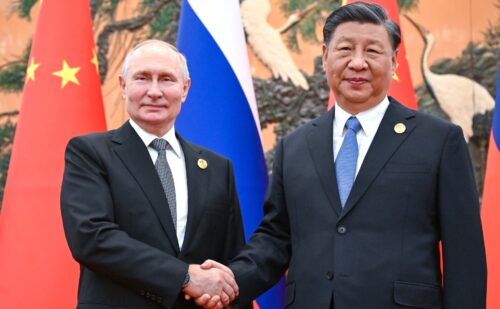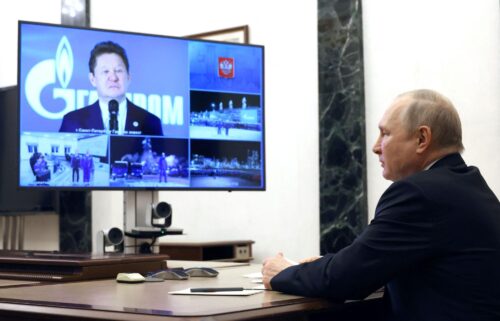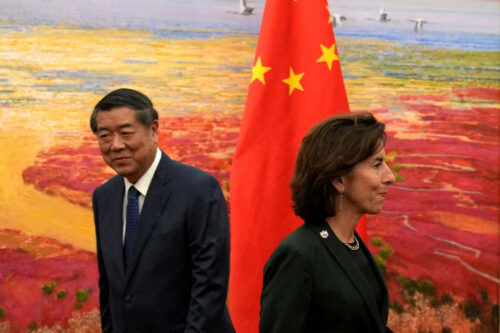Trump slaps China with $50 billion in tariffs


The China tariffs are here, and the number is $50 billion. At 12:45 p.m. eastern time on March 22, U.S. President Donald Trump signed a memorandum directing the U.S. Trade Representative (USTR) to announce within 15 days a list of products from China to tax for at least that much, the Washington Post reports.
- It’s not quite the $60 billion that was first reported last week, but significantly more than the $30 billion that the USTR initially proposed to Trump, following a seven-month investigation into Chinese trading practices.
- Trump still said “about $60 billion” in his remarks about the tariffs, according to the White House transcript, but a senior White House aide told the Washington Post that it was actually “about $50 billion.”
- In any case, it’s likely multiple times larger than the steel and aluminum tariffs from three weeks ago, as more and more countries are exempted from those. (They were never really targeted at China, anyway.)
- The stock markets plunged throughout the day, with the Dow Jones sinking 724 points — 2.9 percent — and the S&P down 2.5 percent, as traders feared a potential trade war, CNBC reports.
- The tariffs have “put [Xi Jinping] on the spot, forcing him to consider retaliatory action that could send a shudder through the global economy and complicate his efforts to sustain China’s rapid growth in the face of rising debt and an aging population,” the New York Times writes (paywall).
After the 15-day period to announce which products will be targeted, a notice and comment period will open up, meaning the taxes will not take effect for at least 45 days, CBS reports. The Treasury department has also been asked to “make recommendations on restrictions to Chinese investments” within 60 days.
- “China would fight to the end,” the Chinese embassy in Washington stated, if a trade war were “initiated by the U.S.,” Reuters reports.
- “China is preparing a range of responses to planned U.S. tariffs and will stand up to protectionism, but still hopes for dialogue,” according to remarks from Beijing’s ambassador to the World Trade Organization, also published by Reuters.
- Trump is getting reciprocal rhetoric, if not reciprocal trade policies, from China’s Ministry of Commerce, which “called the U.S. a repeat abuser of international trade rules and accused it of undermining the stability of the global trade system,” according to Caixin (paywall).
For more detailed analysis of the motivation behind Trump’s targeting of China, and the full range of possible Chinese responses, sign up for The China Project Access. We’ll be covering this in detail in the members-only Friday newsletter tomorrow.






